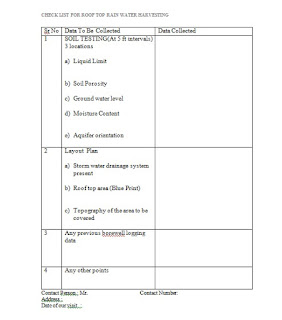From 1992 to 2000, Srini Raju was the Chief Operating Officer of Satyam Computers. He was the first CEO of Cognizant Technology Solutions. In 2000, he turned Venture Capitalist and founded iLabs Capital to help start new ventures. iLabs now funds 13 companies. He is also one of the founding members of the International Institute of Information Technology (IIIT).
What does he look for in a venture?
"I will look for two things," says Raju. "One is the quality of the team. Second is the business plan. My question to an entrepreneur will be -- are you looking to be one among many or unique? If someone comes to me without doing proper homework on competitors, I won't even look at the person. When someone comes with an idea, I ask -- are you the first one, the second or the hundredth? Most of the time, they don't know."
Advice to budding entrepreneurs
1. "First," says Raju, "I will tell them to go and work with another start-up company. All my life, I have struggled working at start-up companies. I never worked with big names; we created brands later on. It is very tough because you always have to identify yourself. We had to sell ourselves because we didn't have brands. My brand was my idea. So, budding entrepreneurs should first work at a start-up company � one where the management is good.
2. The next thing is to identify whom you want to start the company with. Don't ever start one all alone. You should have a minimum of three and a maximum of five buddies, because it is very difficult to get good talent. When big companies find it difficult, how can a start-up attract good people?
3. Many businesses are very local today. Look at Reliance -- everything is local for them, and they are doing big business. So, people now know that you can build big businesses by looking at local markets alone. Investors are also okay with that outlook. You don't have to have an international market to succeed. We look at the global market only in the case of services."
The booming areas
"Opportunities today are plenty," says Raju. "You have to decide where you want to play the game." His recommendations:
1. "Infrastructure is a booming area. Housing is awfully short in India, so we have to build houses for millions of people. Housing will continue to be a big area for some time.
2. Retail and distribution are booming.
3. I would call media and entertainment the most exciting sector. What was India-centric will go global, like Hollywood has.
4. The Life Sciences space is very interesting; both in terms of medical care and medicine."












